What is the difference between a commercial store track light and a museum track light?
Why do museums need professional exhibition lighting?
The lighting market is increasingly segmented. In the early years, the concept of “commercial lighting” was already a pioneer in the industry.
работни обувки fw34 steelite lusum s1p 38
normamascellani.it
covorase man
bayern münchen spieler
karl sneakers
addobbi fai da te matrimonio
prestonstadler.com
spoločenské šaty pre moletky
fingateau.com
lifeonthevineministries.com
In recent years, due to the segmentation of commercial formats, the intensification of market competition and other factors, lighting products have also taken the road of subdivision, such as focusing on office lighting products but also focusing on different formats such as chain stores, restaurants, hotels, etc. Segment the brand.

The museum lighting (exhibition lighting) may belong to a narrower and more subdivided category. Many people may not have much contact, so there are doubts:
Are the lights used in museums (outside the cabinet) all track lights?
Why can’t I just use ordinary track lights?
For such a question, the author believes that what effect and what kind of requirements should be made? It is not impossible to use, but the difference between effect and application.
Just like a camera, there are more than one thousand card fool machines, and there are tens of thousands or even hundreds of thousands of SLR cameras, all of which can take pictures, but the photos are very different.
By the same token, the track lights of ordinary commercials and the track lights of professional exhibitions are also quite different in function and effect. Let’s take a look at today.
First, let’s take a look at some of the museum’s pictures and feel the difference.
Is the museum in the impression, should it be like this?
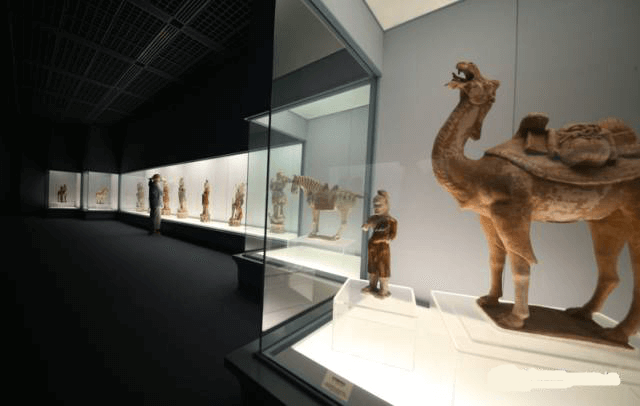
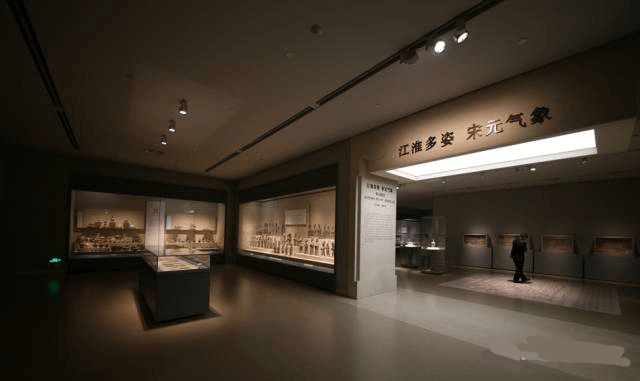
But in fact, there are many museums in China, like this:
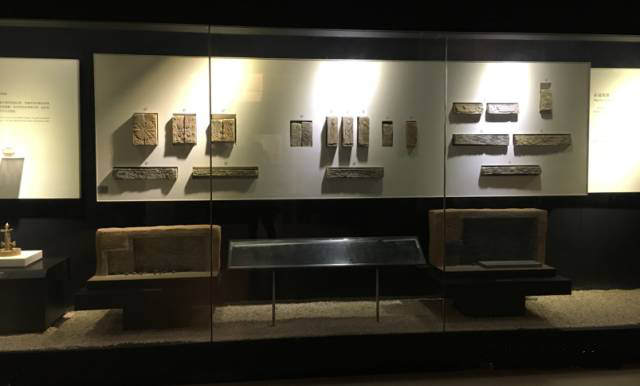
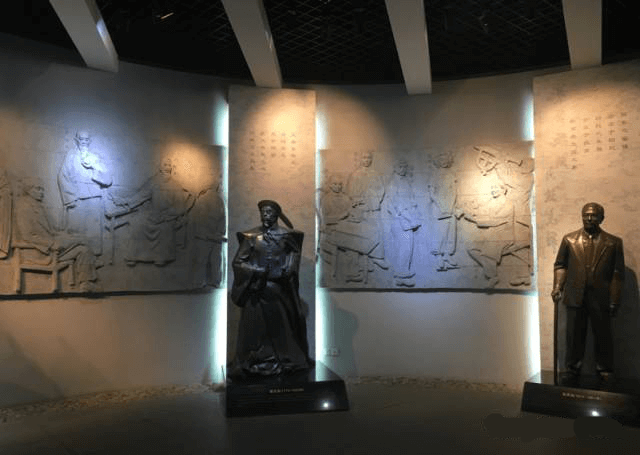
Which part of the link went wrong?
The visual presentation of the museum is inseparable from many factors, spatial planning, exhibit display… Of course, there is another important role: lighting! Once the lights are wrong, it is difficult to appreciate the precious feelings of precious cultural relics. What are the characteristics of the professional exhibition lighting fixtures that can contribute to the creation of the exhibition atmosphere?
In general, professional exhibition lighting track lights and conventional commercial lighting track lights have the following differences:
1. Differences in spotlight patterns
2, Difference in light color quality
3, Difference in dimming function
4, Difference between light changes and light control adjustment
In other respects, such as process quality, warranty life, etc., professional exhibition lamps naturally have higher requirements.
Differences in spot light pattern
Seeing the “tough” spot of hotel lighting and chain store lighting, many people may think that the spot should be clear and the deadline is tough.
However, the lighting of the exhibition is not complete, the light transition is soft, and there is no hard boundary cut-off line to make the exhibits stand out and clean (especially flat paintings and panels).
In the hotel lighting, the uniform scalloped spot projected by the spotlights makes the wall look bright and the light pattern becomes a kind of order decoration.

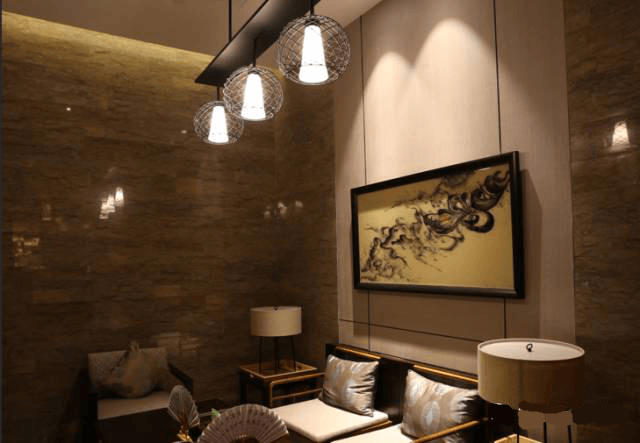
And what kind of light would it be if it were used in exhibition lighting? Look at two real examples:
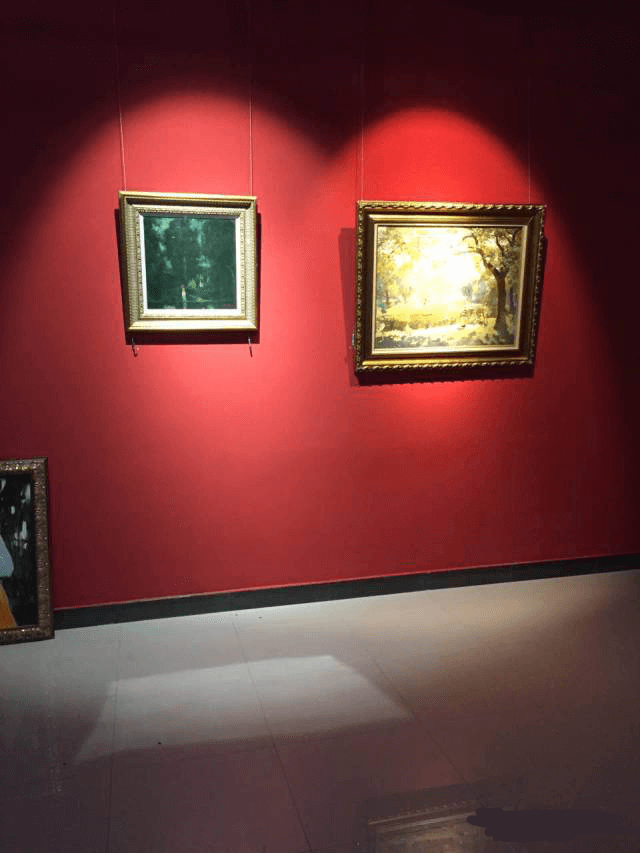
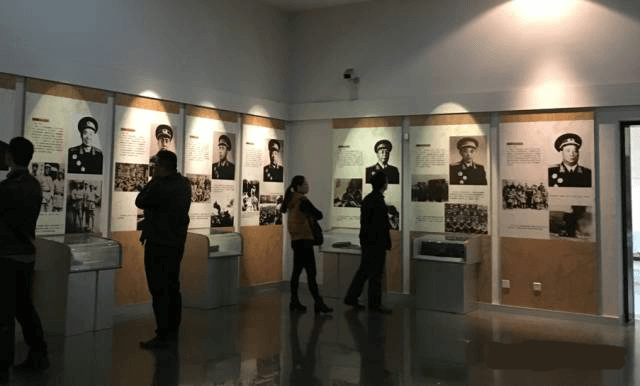
The difference in light color quality
The lighting quality requirements of exhibition Lighting are not the same as those of hotel lighting and commercial chain lighting.
Commercial chain lighting, because the competition between the store and the bright environment of the shopping mall, so most require higher lumens; and the exhibition lighting is mostly in the darker environment, so the light effect of the lighting will not be too high, but the rendering index and consistency requirements can be high.
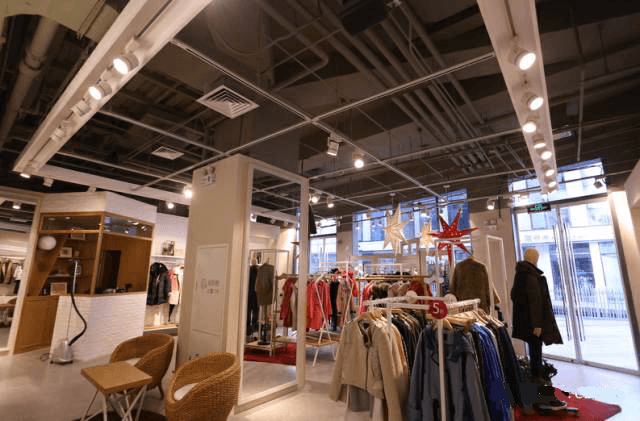
In the light environment of the museum, there are more designs with dark vision (of course, there are also some special exhibition halls of art galleries and museums that are very bright).
First of all, it is due to the protection of cultural relics (some of the museum’s cultural relics will have annual exposure control), and the second is also the atmosphere, so most of the light effect of the lamps are mostly 35-55lm/W, designers and owners pay more attention to the consistency of color and color rendering index.


If you have a negative case, you know how difficult the vision is if the color consistency is not good.

The difference in dimming function
The exhibits of the museum vary widely, and the grades of the cultural relics are not the same, so the required illumination values are different. This requires that the lamps must have dimming functions, and there are many ways to dim, the most commonly used have single Light dimming, in addition to loop control dimming, local-level DALI control, and technology new wireless system dimming.
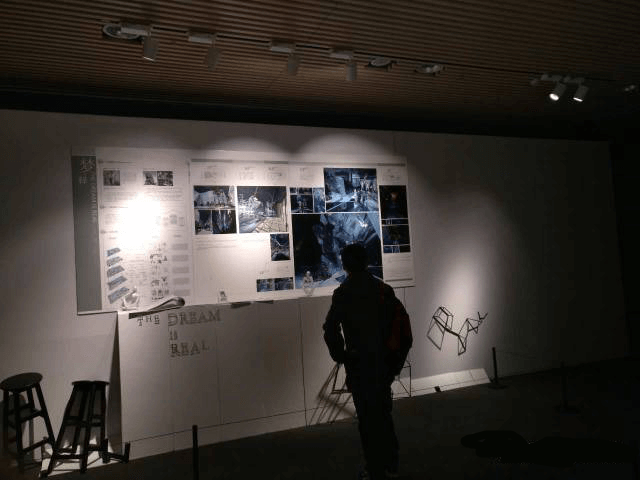

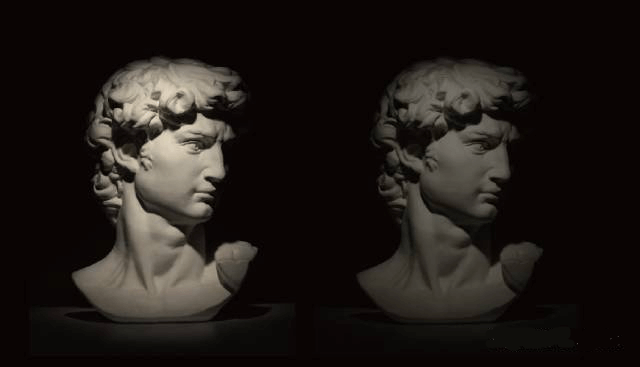
Difference between light changes and light control adjustment
In the exhibition of the museum, the exhibits are in various forms, such as small jade ornaments and large-scale sculptures. The museums and art galleries also have many temporary exhibitions and special exhibitions for one month. It will not be equal to half a year.
Every special exhibition needs to be re-lighted, which has high requirements for the light output and light control of the lamps. The display of merchandise in commercial space generally does not change too frequently, and the difference in the size of the merchandise is not too large, so there are not so many requirements for lighting accessories and beam changes.
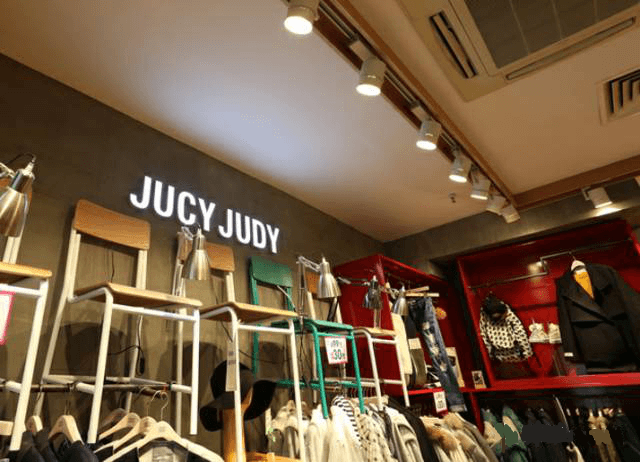
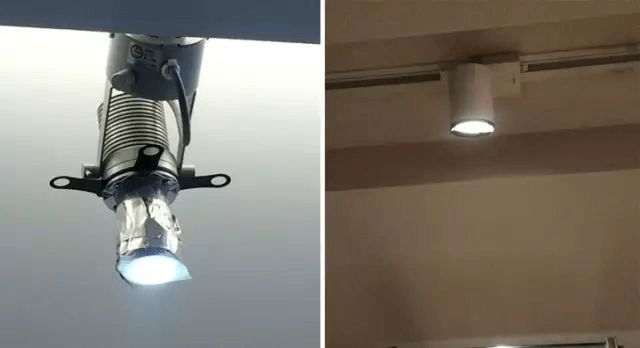

Museum lighting products, some common optical accessories, each have a corresponding function. For example, the cellular network is anti-glare, the cloth-like glass softens the spot, and the four-blade gathers the light-emitting surface…
For the temporary exhibition, in the case of uncertainty about the size of the exhibit, the adjustable focal length orbital spotlights are used for large purposes, and the spot can be scaled to meet the demand of the object. Of course, with the advancement of technology and the decline in cost, the adjustable focal length type of products are also used in commercial fields and boutique home improvement.

In addition to the above differences, the professional museum exhibition lighting products have some differences from ordinary commercial track lights.
For example, museum lighting products will be developed in series, a series of family products can cover the height of 1.5-2 meters in the museum space cabinet, to some special high exhibition halls of 8 meters or even more than 10 meters, the commercial products are more common in space. Generally, the product is developed in a single product; in addition, the process requirements and quality requirements of the product will be more strictly controlled.

